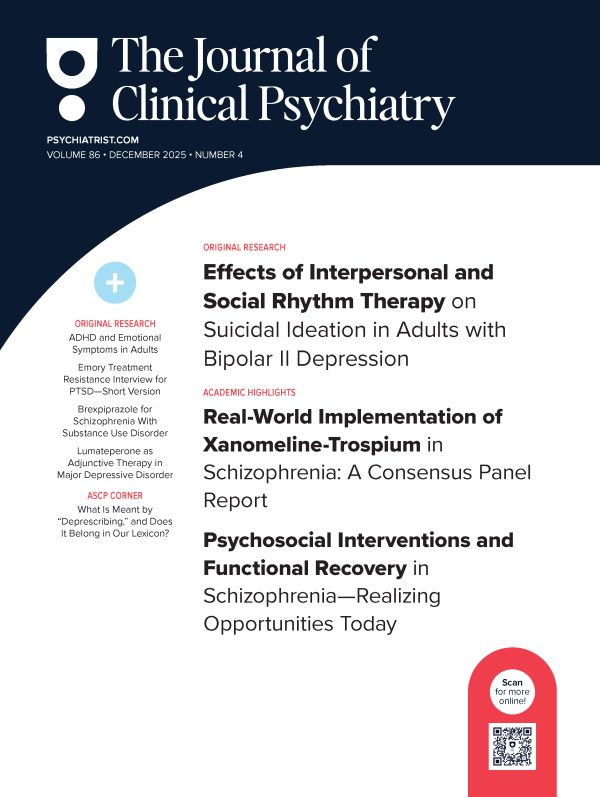p>Objective: To assess the association between pain and depression in a population of older adults.
Method: We conducted a cross-sectional study using data from the Aged in Home Care (AdHOC) database, which contains information on older adults receiving home care services in 11 European countries from 2001 to 2003. Pain was defined as any type of pain or discomfort manifested over the 7 days preceding the assessment. Depression was defined as a score > = 3 on the Minimum Data Set Depression Rating Scale.
Results: Mean age of 3976 subjects entering the study was 82.3 years, and 2948 (74.1%) were women. Of the total sample, 2380 subjects presented with pain (59.9%), but its prevalence differed substantially among countries. Depression was diagnosed in 181 (11.3%) of the 1596 participants without pain and in 464 (19.5%) of the 2380 participants with pain (p < .001). After adjusting for potential confounders, pain was significantly associated with depression (odds ratio [OR] 1.76, 95% confidence interval [CI] = 1.43 to 2.17). This association seemed to be modified by sex. Compared to male participants without pain, women with pain were significantly more likely to present with depression (OR = 1.77; 95% CI = 1.29 to 2.42), while no significant difference was observed for women without pain (OR = 0.86; 95% CI = 0.61 to 1.22) and men with pain (OR = 1.24; 95% CI = 0.86 to 1.79). Among women, the association of pain and depression became progressively more pronounced as pain severity, pain frequency, and number of painful sites increased.
Conclusion: This study documented that in a large sample of older adults living in the community, pain is associated with depression, especially among women.
Members Only Content
This full article is available exclusively to Professional tier members. Subscribe now to unlock the HTML version and gain unlimited access to our entire library plus all PDFs. If you’re already a subscriber, please log in below to continue reading.
Please sign in or purchase this PDF for $40.00.
Already a member? Login





